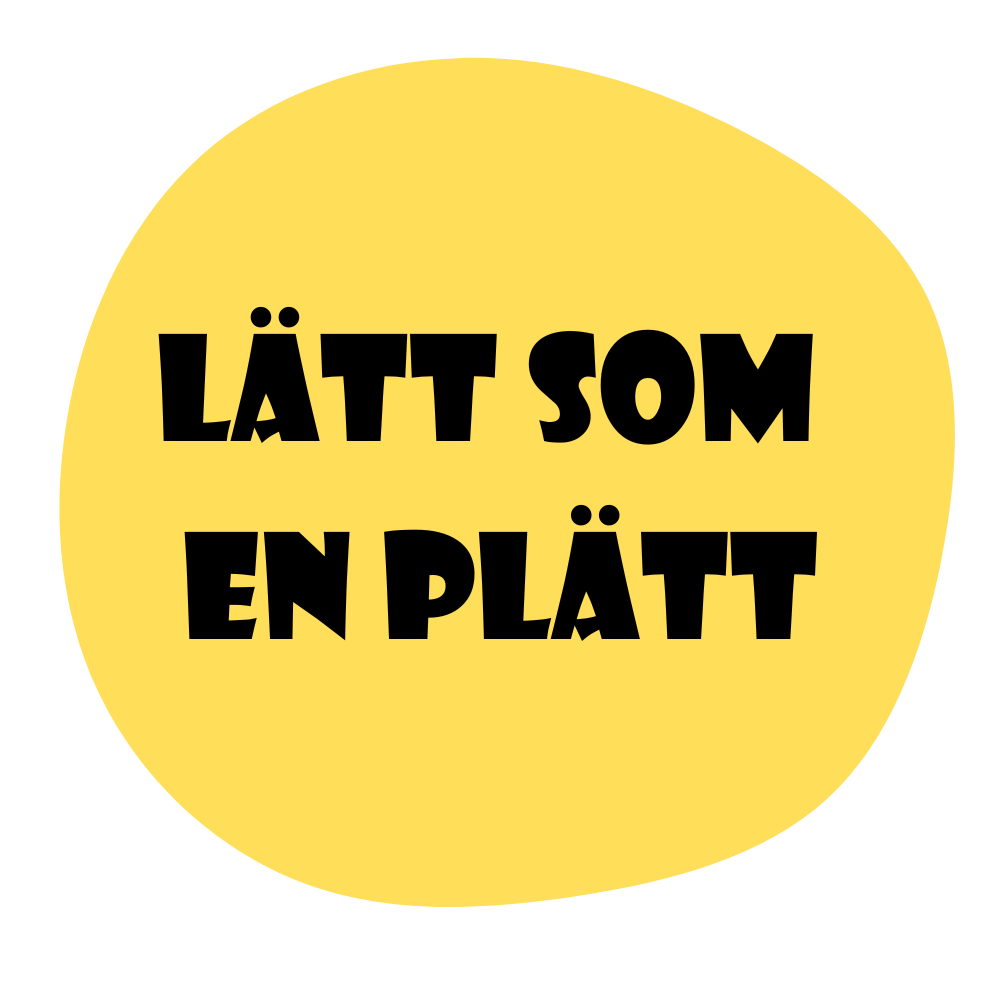If you’ve ever visited a Swedish grocery store on a Saturday, you might’ve noticed something a bit unusual: kids, and often adults, filling up paper bags with a colorful mix of candy from towering pick-and-mix displays. This isn’t just a sugar rush waiting to happen; it’s a beloved tradition called Lördagsgodis, or “Saturday candy.”
As someone who moved to Sweden and first encountered this custom, I thought it was simply a cute weekend treat for kids. But there’s actually a fascinating (and slightly dark) history behind it.
What is Lördagsgodis?
In simple terms, Lördagsgodis is the tradition of eating candy only on Saturdays. It’s a practice that many Swedish families follow, especially with children. Throughout the week, candy is avoided, and when the weekend rolls in, kids are rewarded with a trip to the store to pick their favorites from the candy wall.
It’s not just about sugar, it’s about creating healthy habits, setting boundaries, and adding a bit of excitement to the weekend.
The Surprising and Dark History Behind Lördagsgodis
What many people don’t realize is that Lördagsgodis has roots in one of Sweden’s more troubling medical histories: the Vipeholm Experiments.
In the 1940s and early 1950s, a state-run mental institution in Lund called Vipeholm Hospital became the center of a controversial dental study. Researchers, in collaboration with the Swedish Dental Service and funded by the sugar industry, conducted experiments on patients without their consent. These patients, many of whom had intellectual disabilities and were unable to advocate for themselves, were deliberately given extremely high amounts of sugary foods, especially sticky caramels and toffees, multiple times a day.
The goal was to study how sugar consumption contributed to tooth decay. The results were clear: frequent sugar intake caused severe dental caries. However, the methods used are now recognized as highly unethical and have sparked decades of criticism and reflection on medical ethics in Sweden.
Despite the controversy, the findings led to a nationwide recommendation: limit candy consumption to one day a week to reduce the risk of cavities, what we now know as Lördagsgodis (Saturday candy).
This strategy was promoted by dentists and schools across the country and eventually became a beloved tradition, passed down through generations. While the origin is somber, today’s practice is more about balance and enjoying treats in moderation.
Further reading on the Vipeholm Experiments:
The Vipeholm Dental Caries Study: “Recollections and Reflections 50 Years Later”
Sveriges Radio: Dokumentär Vipeholmsexperimenten (in Swedish)
Did You Know? Sweden is Among the Top Candy Consumers in the World
Today, Lördagsgodis is more than just a dental suggestion, it’s a cultural staple. On Saturdays, Swedish supermarkets set up large “plockgodis” (pick-and-mix) candy walls, and kids (and adults!) eagerly fill their paper bags with favorites.
According to the Swedish Board of Agriculture, Swedes consume more than 16 kg of candy per person per year, putting them at or near the top of global sugar confectionery consumption. This is significantly more than most European countries.
Joining The Tradition
If you’re living in Sweden, don’t be surprised if your local grocery store is packed every Saturday with families at the candy aisle. It’s a great way to experience a bit of Swedish culture, and maybe even adopt a sweet tradition of your own.
So next Saturday, grab a paper bag, head to the pick-and-mix wall, and embrace your inner Swede. Just remember. only on Saturdays!
Have you tried Lördagsgodis yet? What’s your favorite candy to pick? Let me know in the comments or join our Facebook group to share your Swedish discoveries!




Be First to Comment